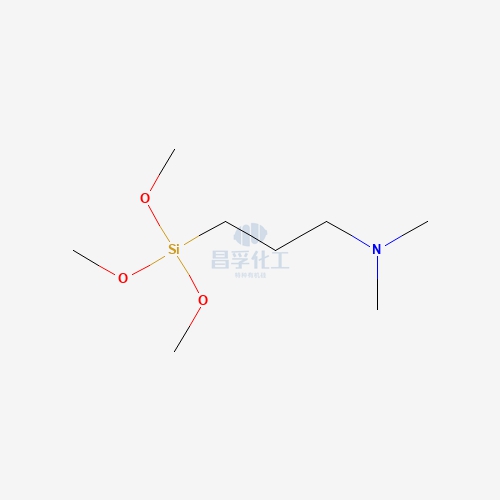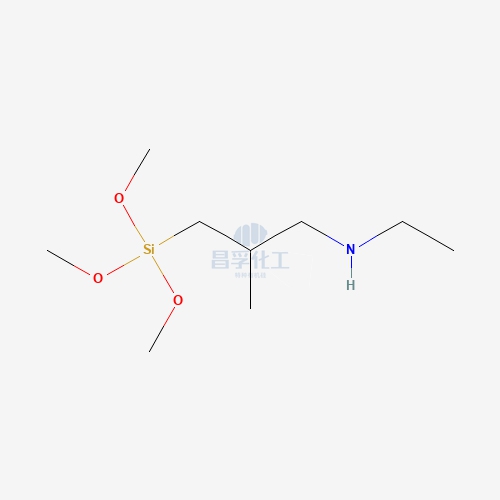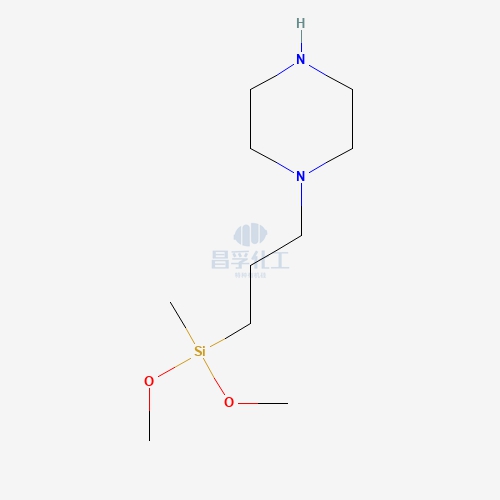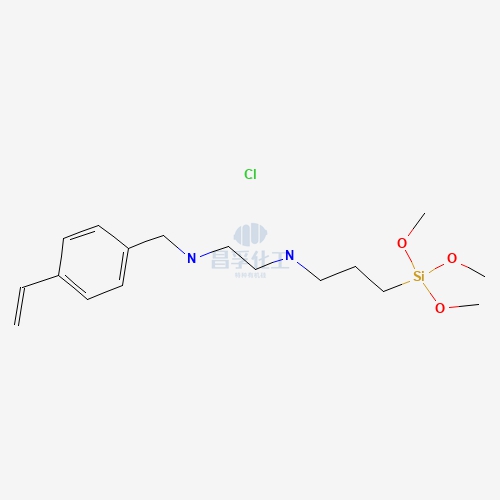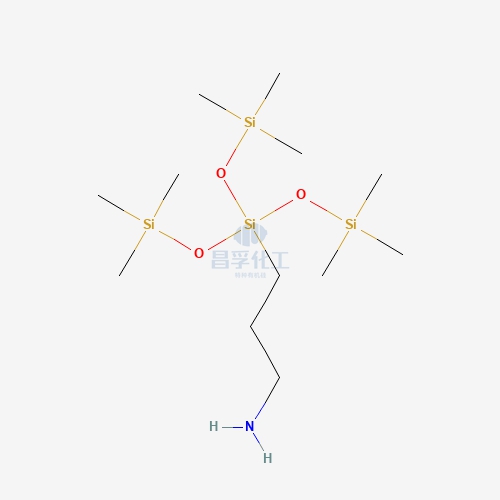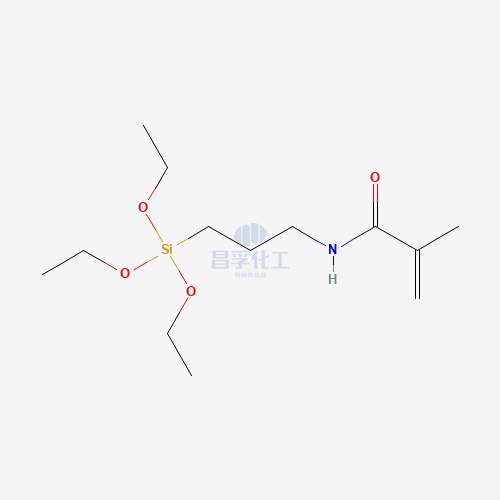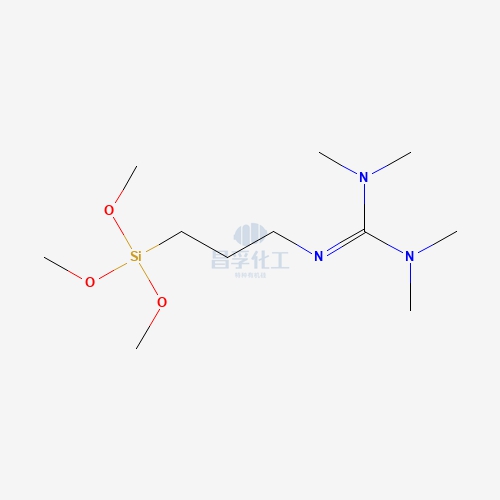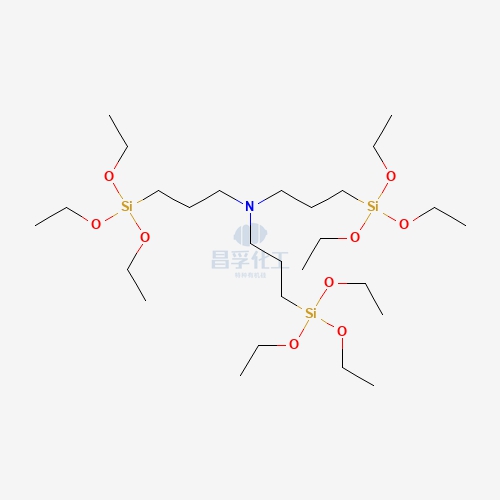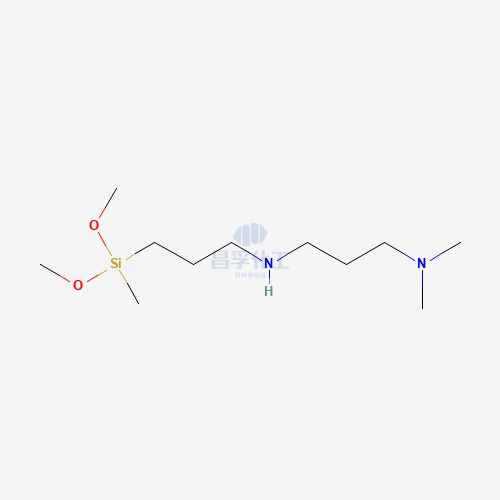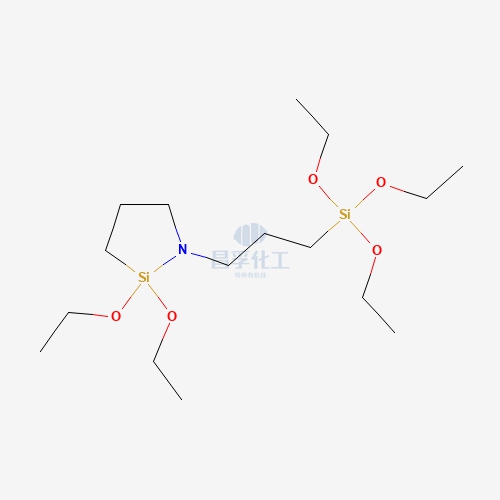
Contact Changfu Chemical Now!
+86 27 8439 6550 | +86 181 6277 0058
Can You Apply Silicone on Top of Silicone? Here's What You Need to Know
Silicone is a versatile sealant used in various industries, from construction to automotive and even in DIY home improvement projects. However, when it comes to applying silicone on top of existing silicone layers, many are left wondering: Can you apply silicone on silicone? Will it adhere properly, or are there steps to ensure a strong bond? In this article, we’ll explore the process of applying silicone over silicone, the challenges involved, and the best practices for a successful application.
What Happens When You Apply Silicone on Top of Silicone?
Silicone is an excellent choice for waterproofing and sealing surfaces due to its flexibility and resistance to harsh conditions. However, one of silicone's key characteristics—its ability to repel moisture—also makes it difficult for new layers of silicone to bond with existing ones. When you attempt to apply silicone on silicone, the fresh layer may not adhere properly unless specific preparation steps are followed.
Challenges of Applying Silicone Over Silicone
1. Adhesion Issues
The primary challenge in applying silicone over silicone is poor adhesion. Silicone naturally repels most substances, including other silicone sealants. Without proper surface preparation, the new layer may simply peel off over time, leading to ineffective sealing and potential damage.
2. Appearance and Texture
Another common issue when adding silicone on top of silicone is the uneven texture or appearance. Since the new silicone layer doesn’t naturally bond with the old one, the finish may look inconsistent, which can be an aesthetic concern in visible areas like bathroom fixtures or window frames.
3. Durability Concerns
If the two layers of silicone do not adhere well, the new seal may not last as long as expected. This can result in water leakage, drafts, or structural issues in areas where silicone is used as a weatherproofing material.
How to Apply Silicone Over Silicone Correctly
Although there are challenges, it is possible to successfully apply silicone on silicone with the right preparation. Here are the key steps to ensure the new layer bonds effectively:
1. Clean the Surface Thoroughly
Before applying silicone over an existing silicone layer, the surface must be completely clean. Any dirt, grime, or soap residue can further reduce adhesion. Use a cleaning solution such as isopropyl alcohol or a commercial silicone cleaner to remove all debris. This step is crucial in creating a bondable surface for the new layer.
2. Remove the Top Layer of Old Silicone (If Possible)
For the best results, it's recommended to remove as much of the old silicone as possible before applying a new layer. Use a utility knife or a silicone removal tool to scrape away the top layer. While it may not be necessary to remove all of the old silicone, this step significantly improves adhesion between the layers.
3. Use a Silicone Primer
In some cases, applying a silicone primer can help improve adhesion between the new and old layers of silicone. A primer acts as a bonding agent, allowing the fresh silicone to stick more effectively to the underlying surface. Be sure to choose a primer that is compatible with the type of silicone you are using.
4. Apply the New Silicone in Layers
Once the surface is clean and prepared, apply the new silicone in small sections. Avoid using too much sealant at once, as this can lead to uneven drying and poor adhesion. Smooth out each section with a silicone smoothing tool or your finger to ensure an even finish.
5. Allow Proper Drying Time
After applying silicone on top of silicone, allow ample time for the new layer to cure fully. The drying time for silicone sealant can vary depending on the type of silicone used, the thickness of the application, and the environmental conditions. Be patient and avoid exposing the newly sealed area to water or heavy use until the silicone is completely dry.
When Should You Remove Old Silicone Before Reapplying?
In some situations, it’s best to completely remove the old silicone sealant before reapplying a new layer. Here are a few instances when you should prioritize full removal:
- Extensive damage or degradation: If the existing silicone is cracked, brittle, or showing signs of mold, it’s better to start fresh with a new application after removing the damaged material.
- Aesthetic concerns: If the previous layer of silicone is visibly discolored or uneven, removing it before applying a new layer ensures a cleaner, more polished finish.
- Severe adhesion failure: If the old silicone is already peeling off or separating from the surface, adding a new layer on top won’t solve the underlying problem. Full removal and proper surface preparation will yield better long-term results.
Alternatives to Applying Silicone Over Silicone
If you're unsure about the success of applying silicone on top of silicone, there are a few alternatives to consider:
- Remove and Replace: As mentioned, the best solution in many cases is to remove the old silicone entirely and replace it with a fresh application.
- Use a Different Sealant: Depending on the material being sealed, other types of sealants, such as polyurethane or acrylic caulk, may offer better adhesion and durability when applied over existing silicone.
- Professional Help: If you’re dealing with a large or critical project, such as sealing a window or bathtub, consider hiring a professional to ensure proper adhesion and long-lasting results.
Conclusion: Can You Successfully Apply Silicone Over Silicone?
While it is possible to apply silicone on top of silicone, the process comes with several challenges. To achieve a strong and durable bond, thorough surface preparation, proper cleaning, and in some cases, the use of a primer are essential steps. If in doubt, removing the old silicone completely is often the best solution for a clean and reliable seal.
When done correctly, applying silicone over silicone can restore the waterproofing and sealing capabilities of the surface without the need for full removal. By following these best practices, you can avoid common pitfalls and ensure a successful application.
FAQs
1. Can silicone stick to old silicone?
Silicone does not naturally stick well to old silicone due to its non-stick properties. Proper preparation, such as cleaning and using a primer, can improve adhesion.
2. Is it necessary to remove old silicone before applying new silicone?
While not always necessary, removing old silicone improves adhesion and results in a cleaner, longer-lasting seal.
3. What is the best way to prepare silicone for a new layer?
Clean the surface thoroughly, remove as much of the old silicone as possible, and consider using a silicone primer for better bonding.
4. How long does silicone take to dry after applying a new layer?
Drying time varies based on factors like temperature, humidity, and silicone type, but typically ranges from 24 to 48 hours.
5. What alternatives exist to applying silicone over silicone?
If adhesion issues arise, removing old silicone or using a different sealant like polyurethane caulk might be better alternatives.
Popular Silicon Compounds
Popular Silicon Compounds
Related News & Blog
Related News & Blog


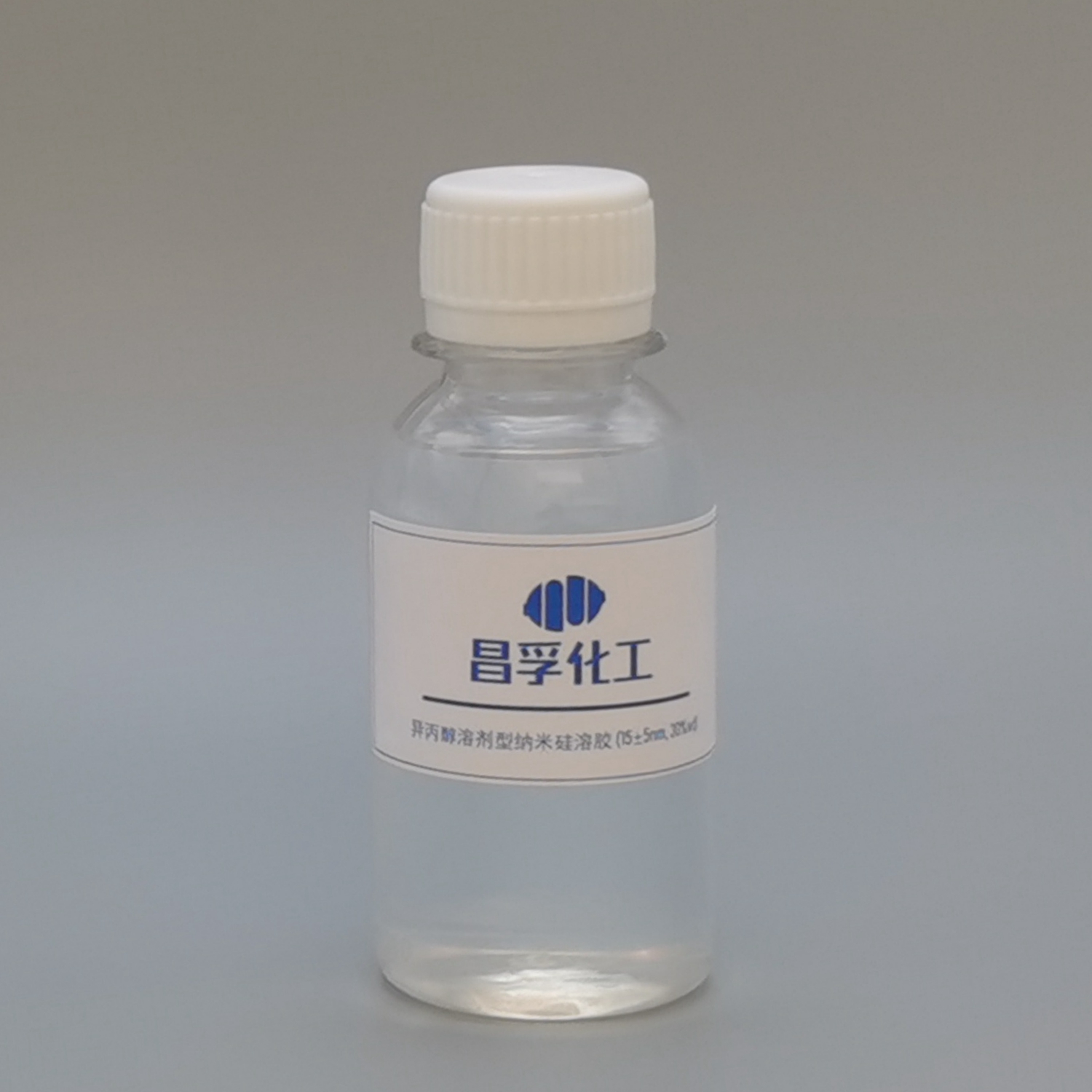
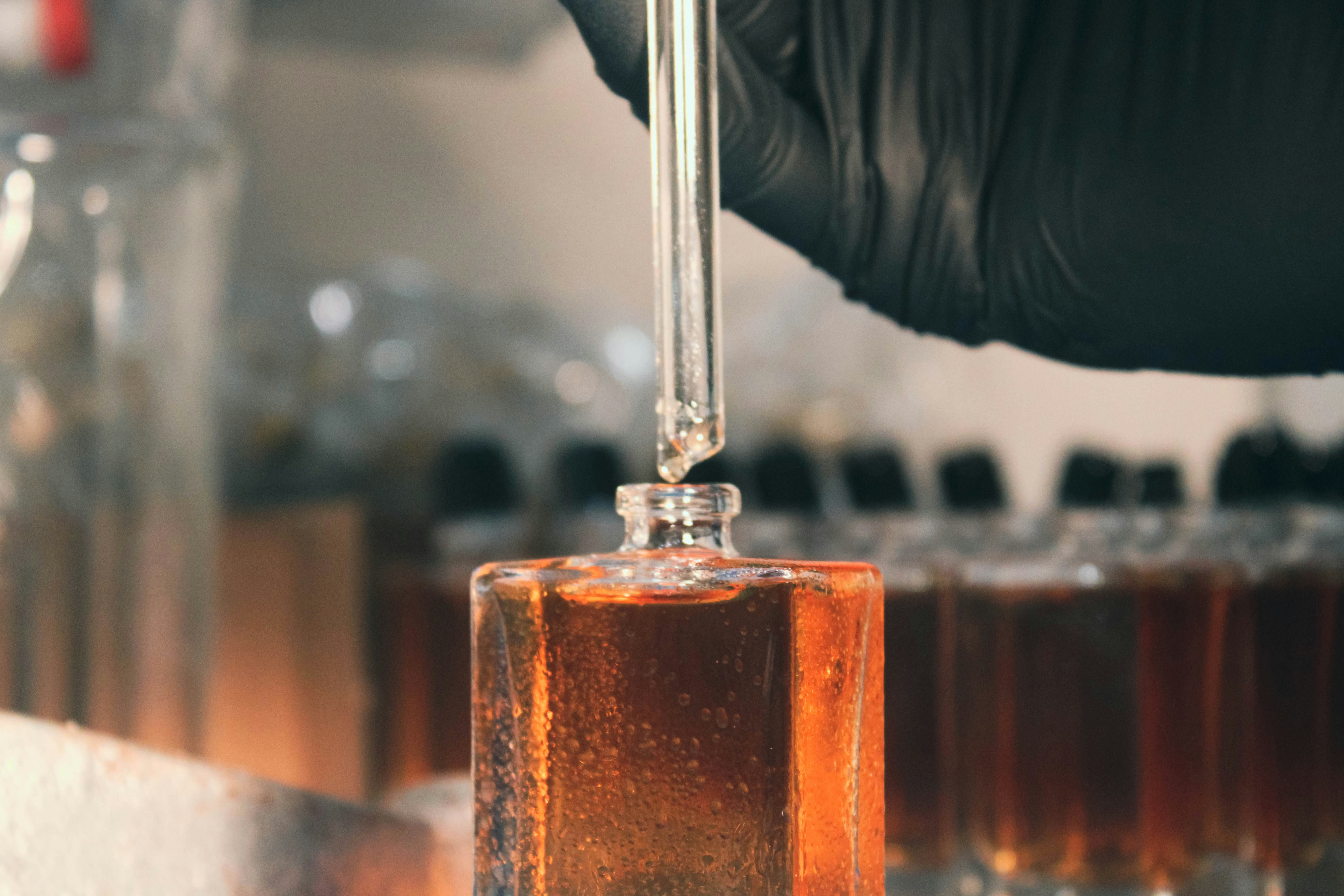

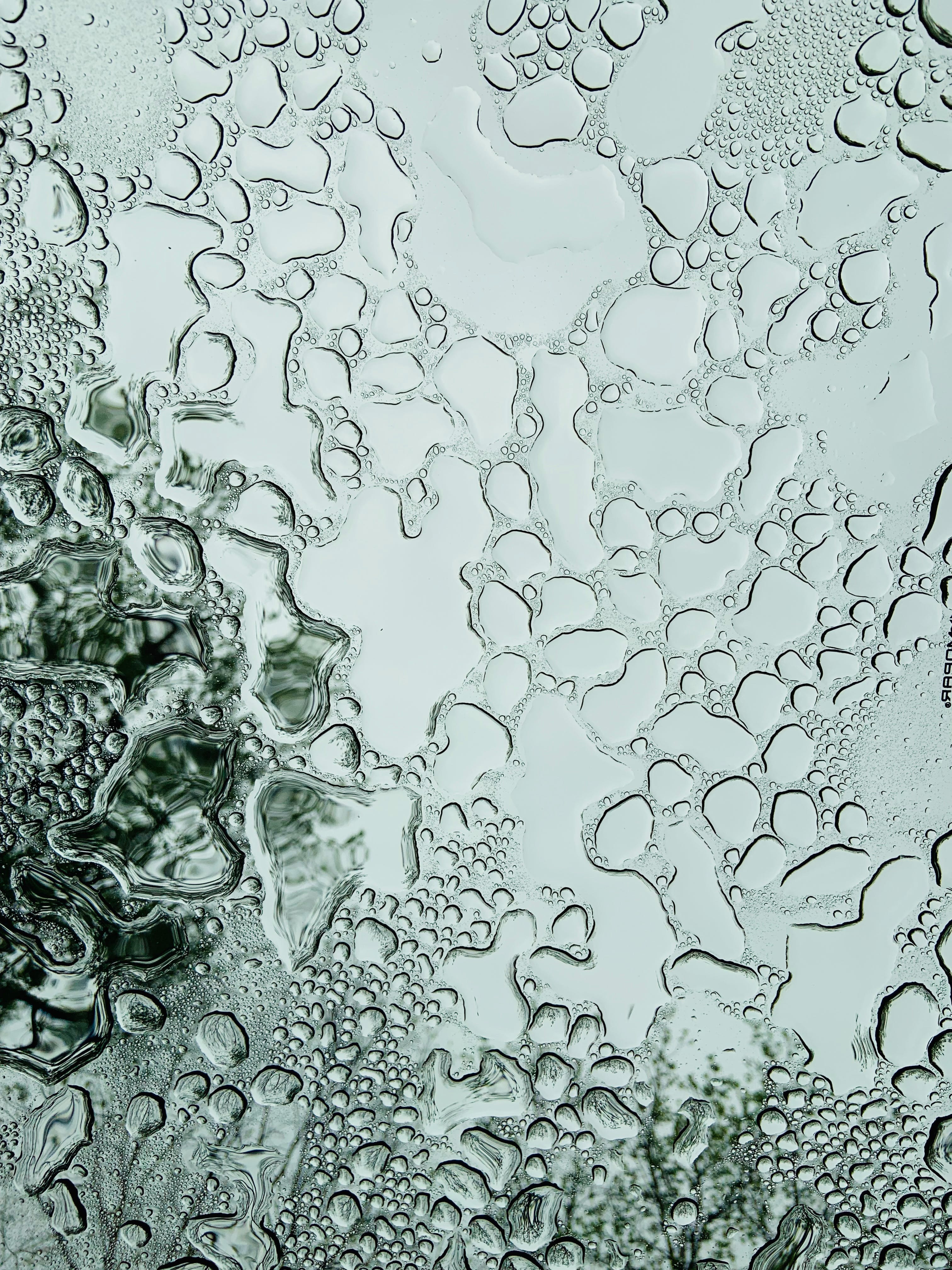
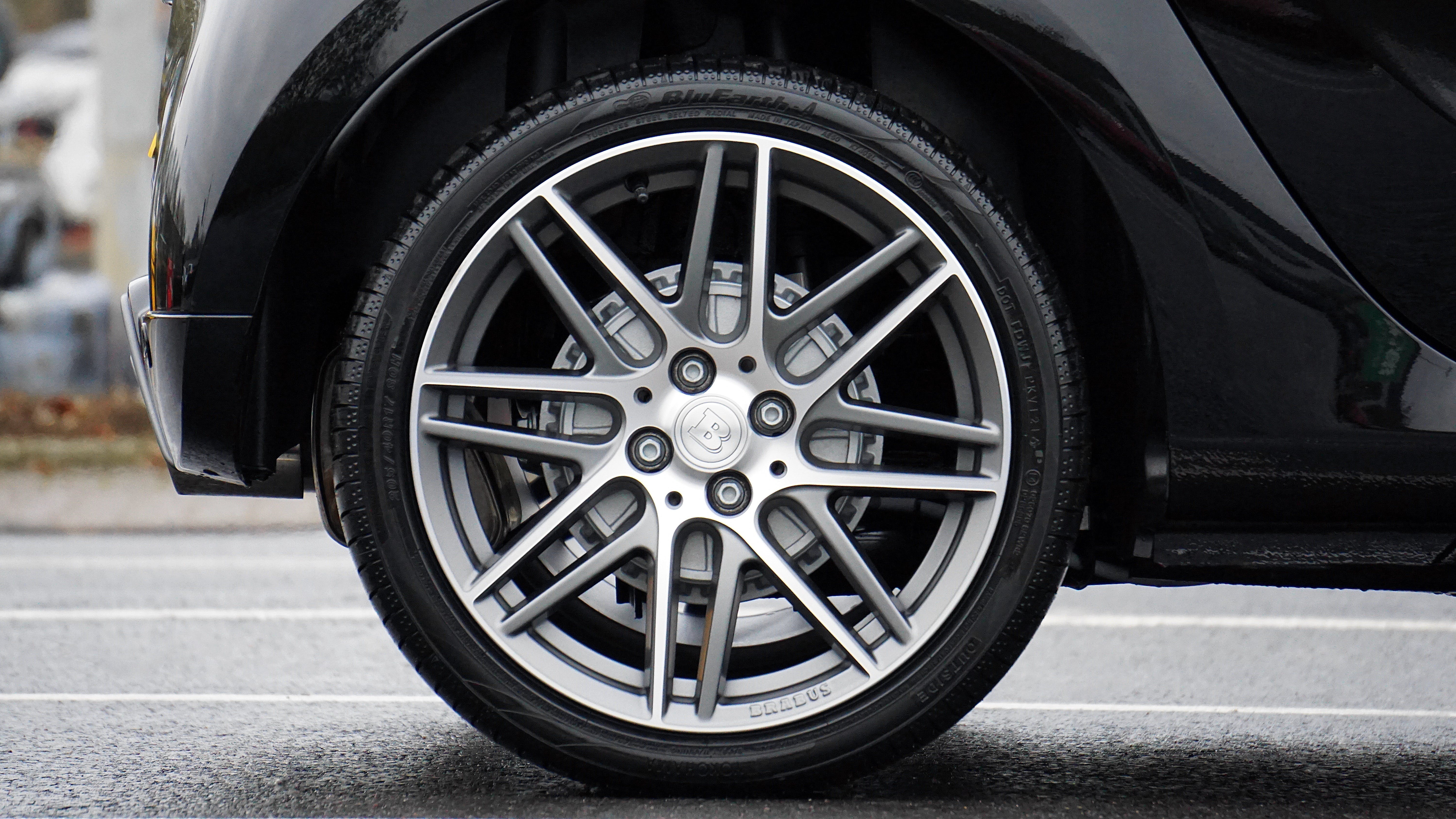



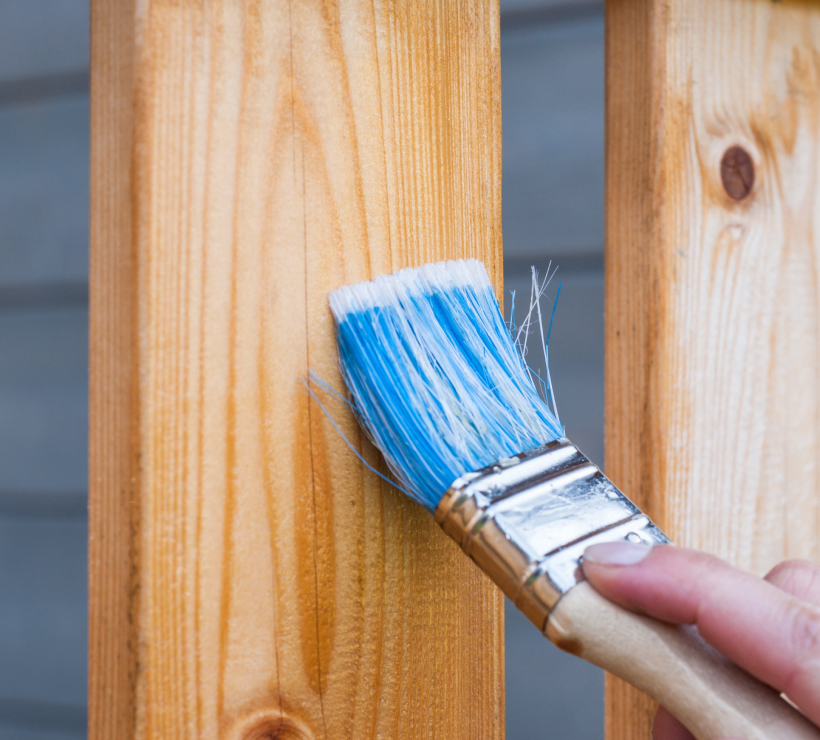

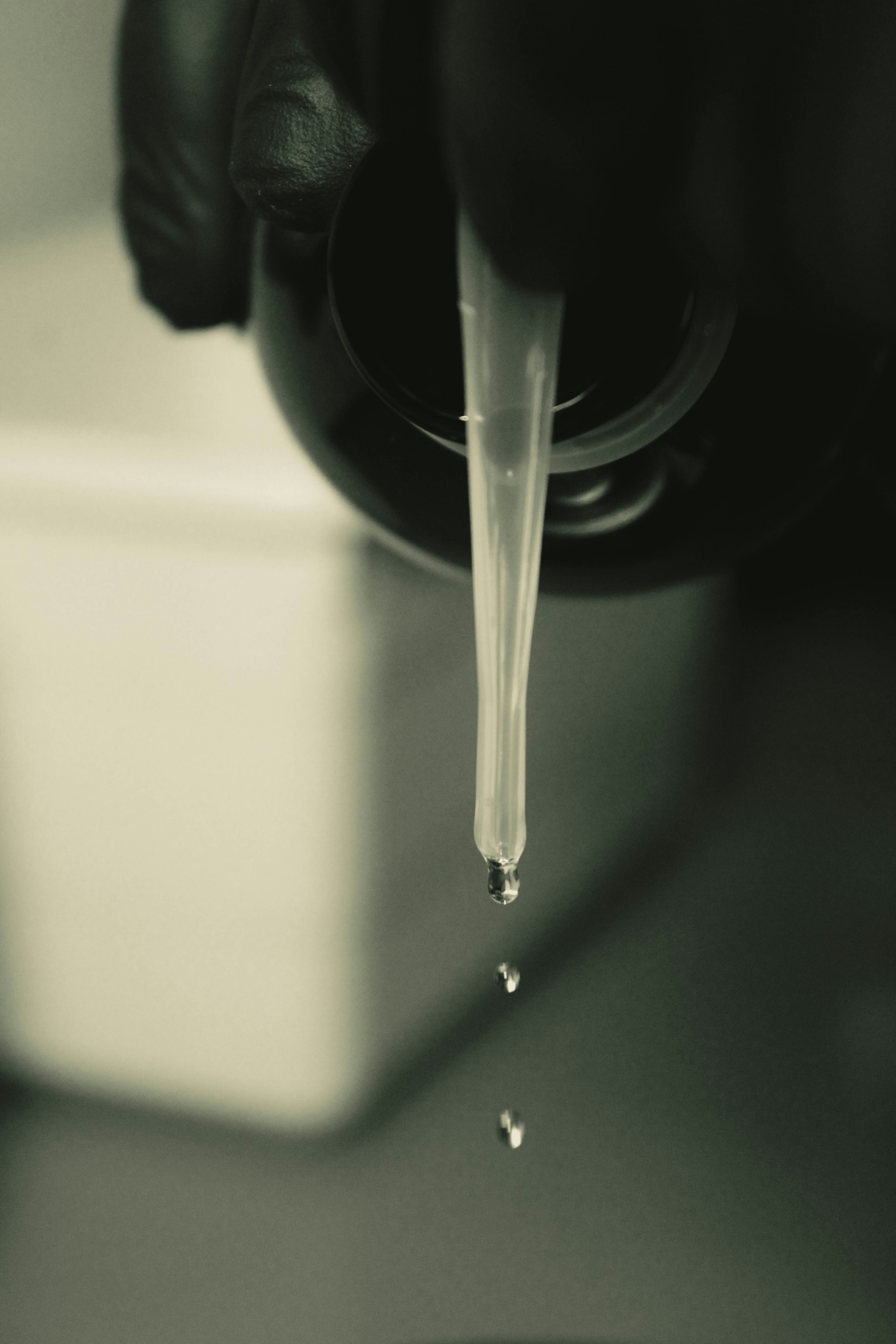















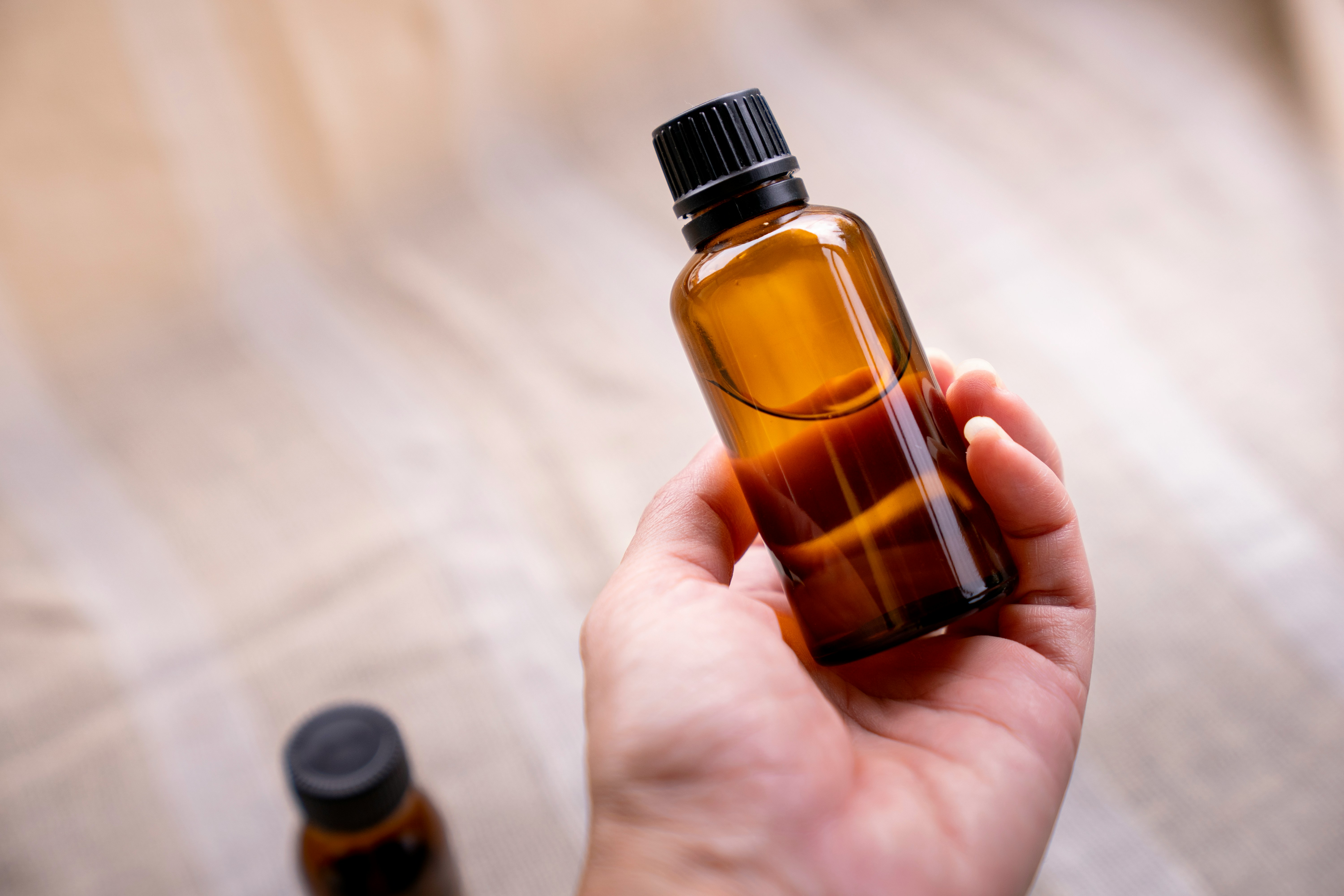


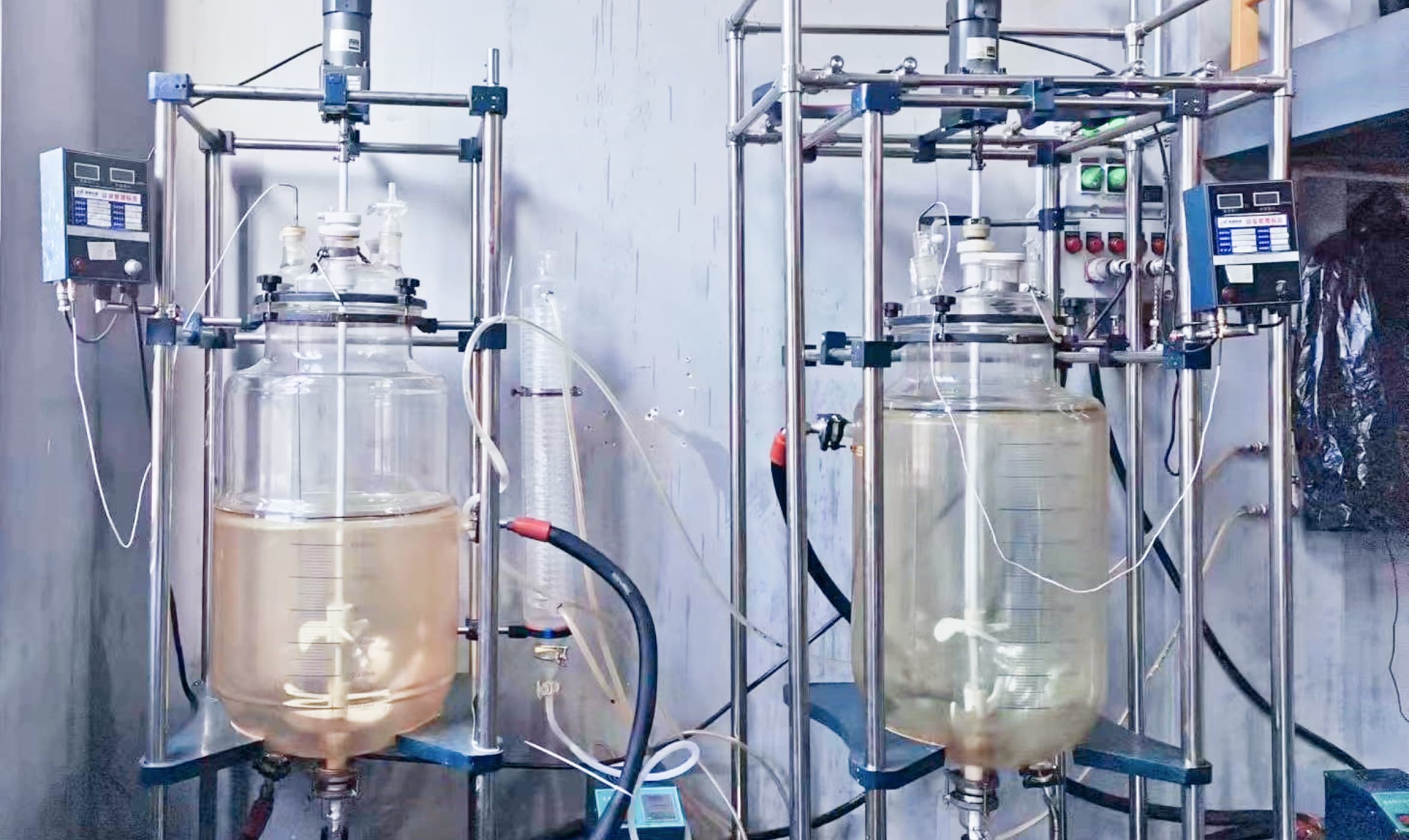
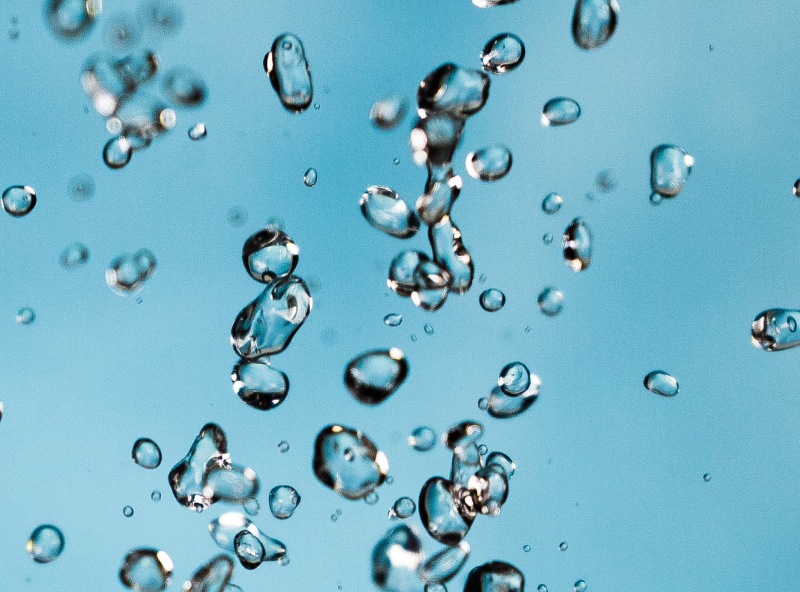
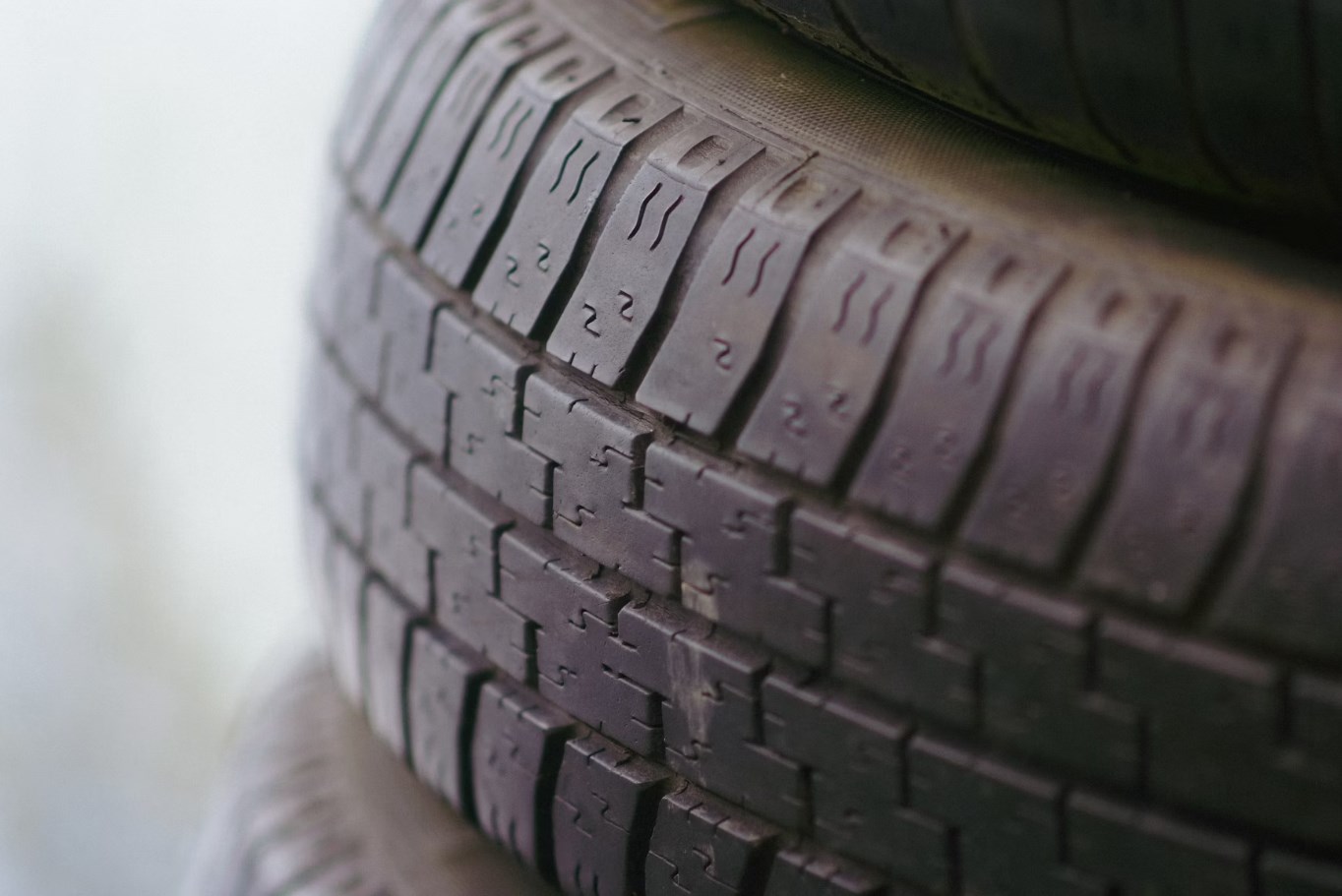

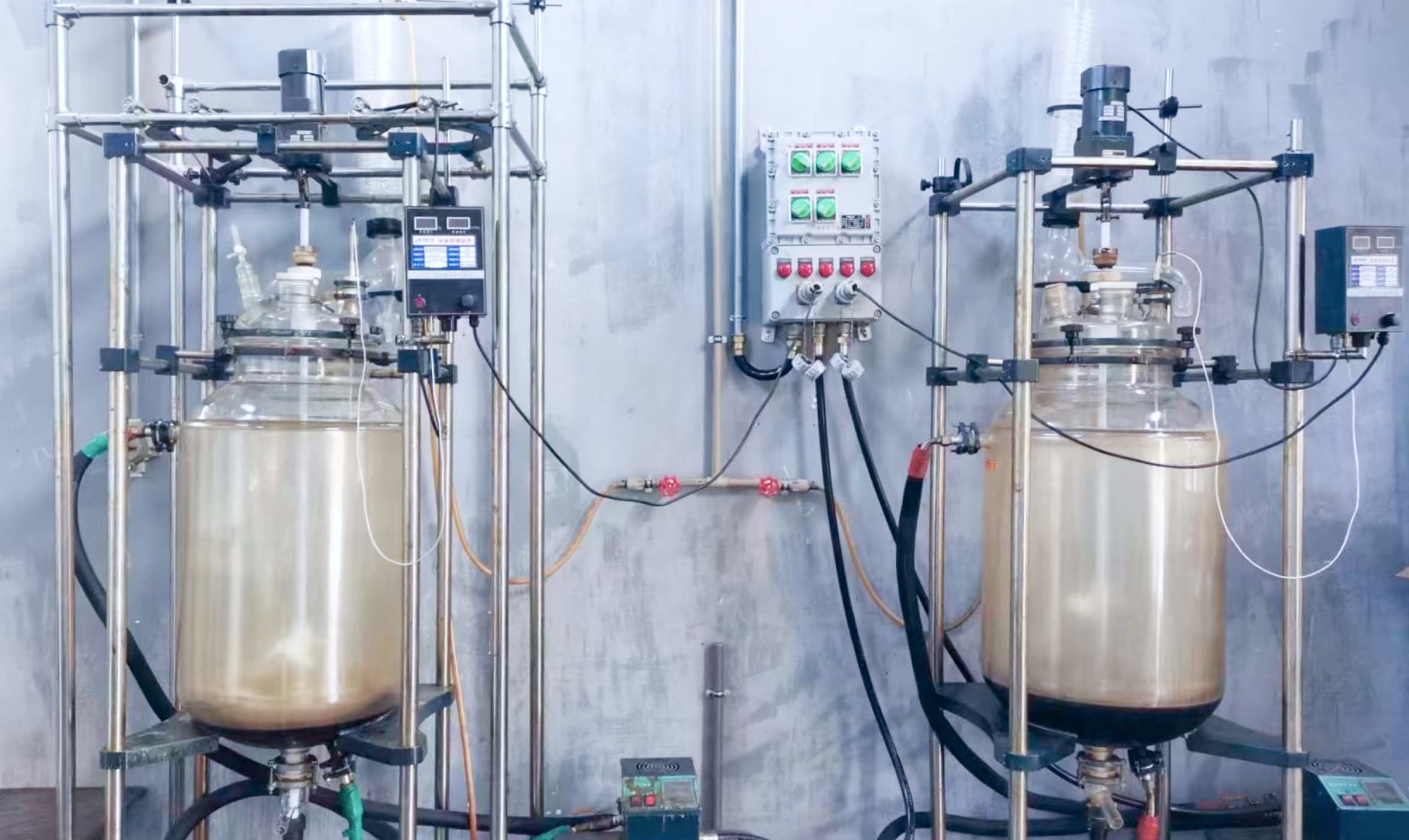
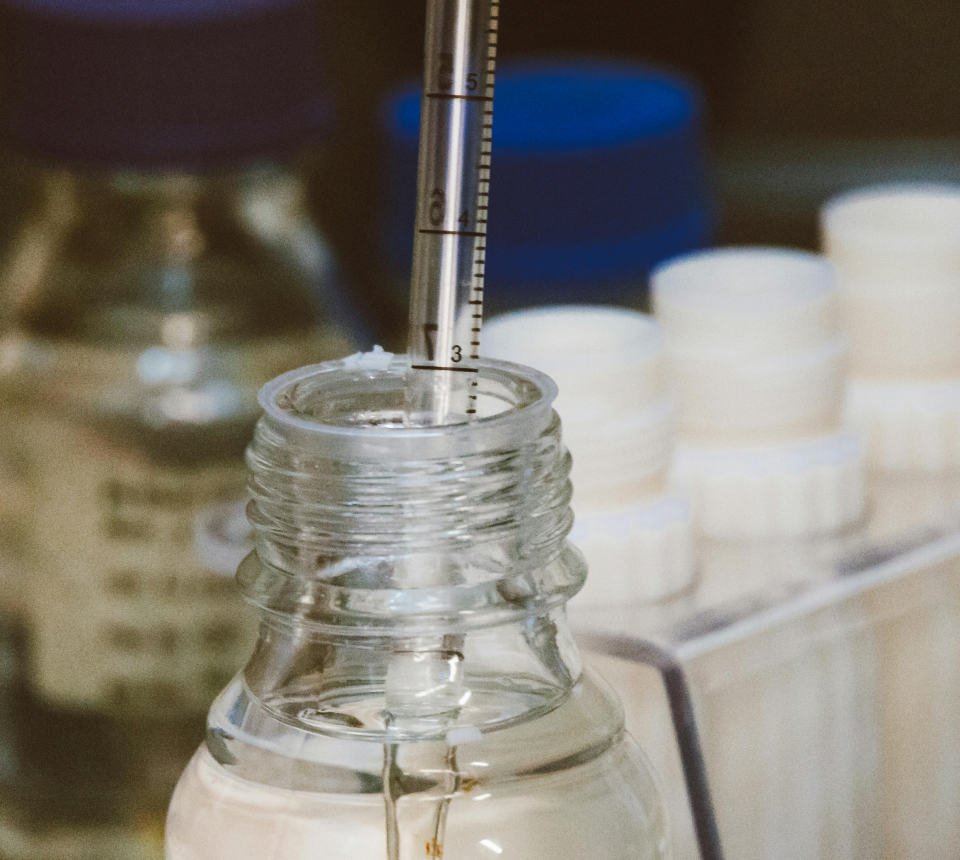





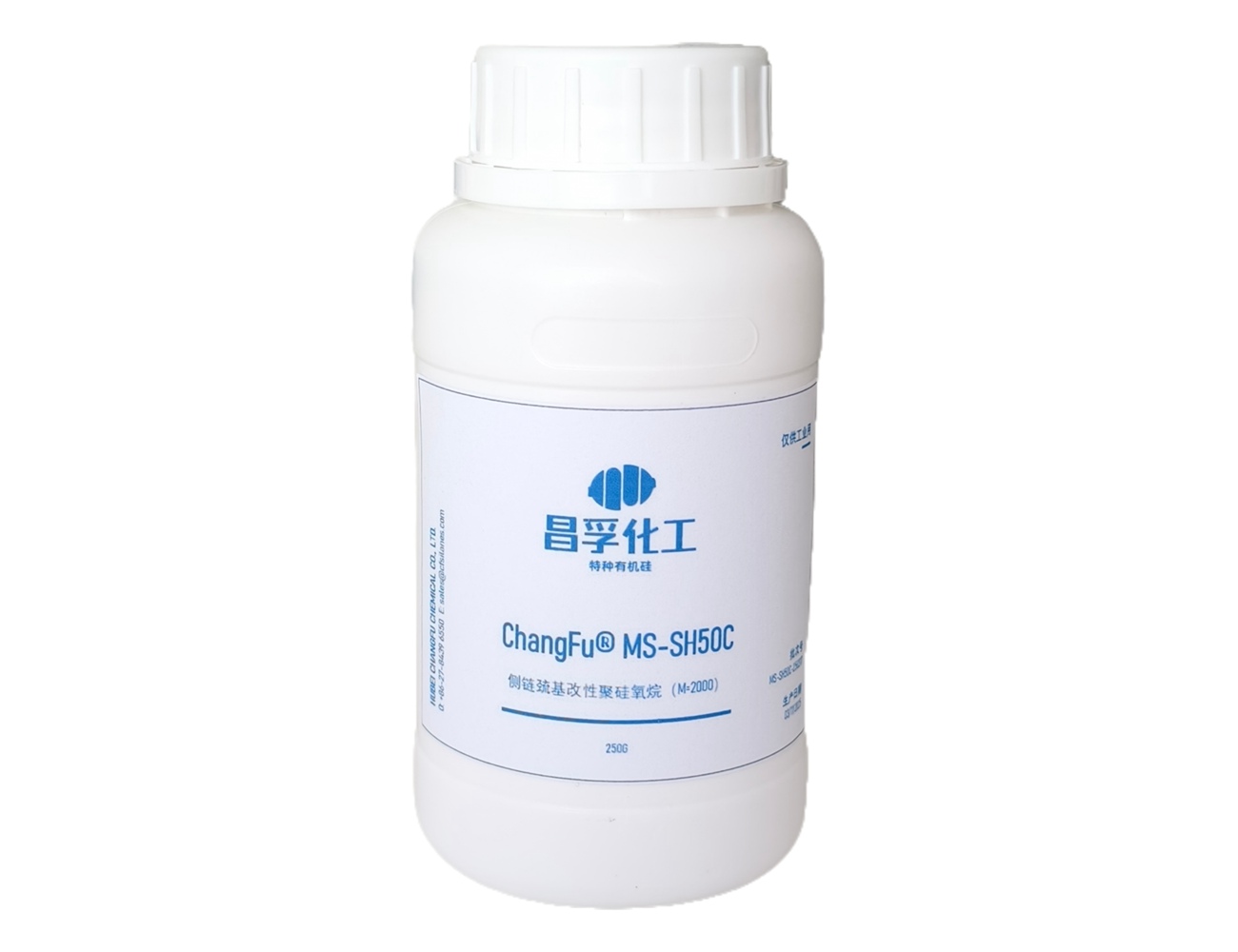



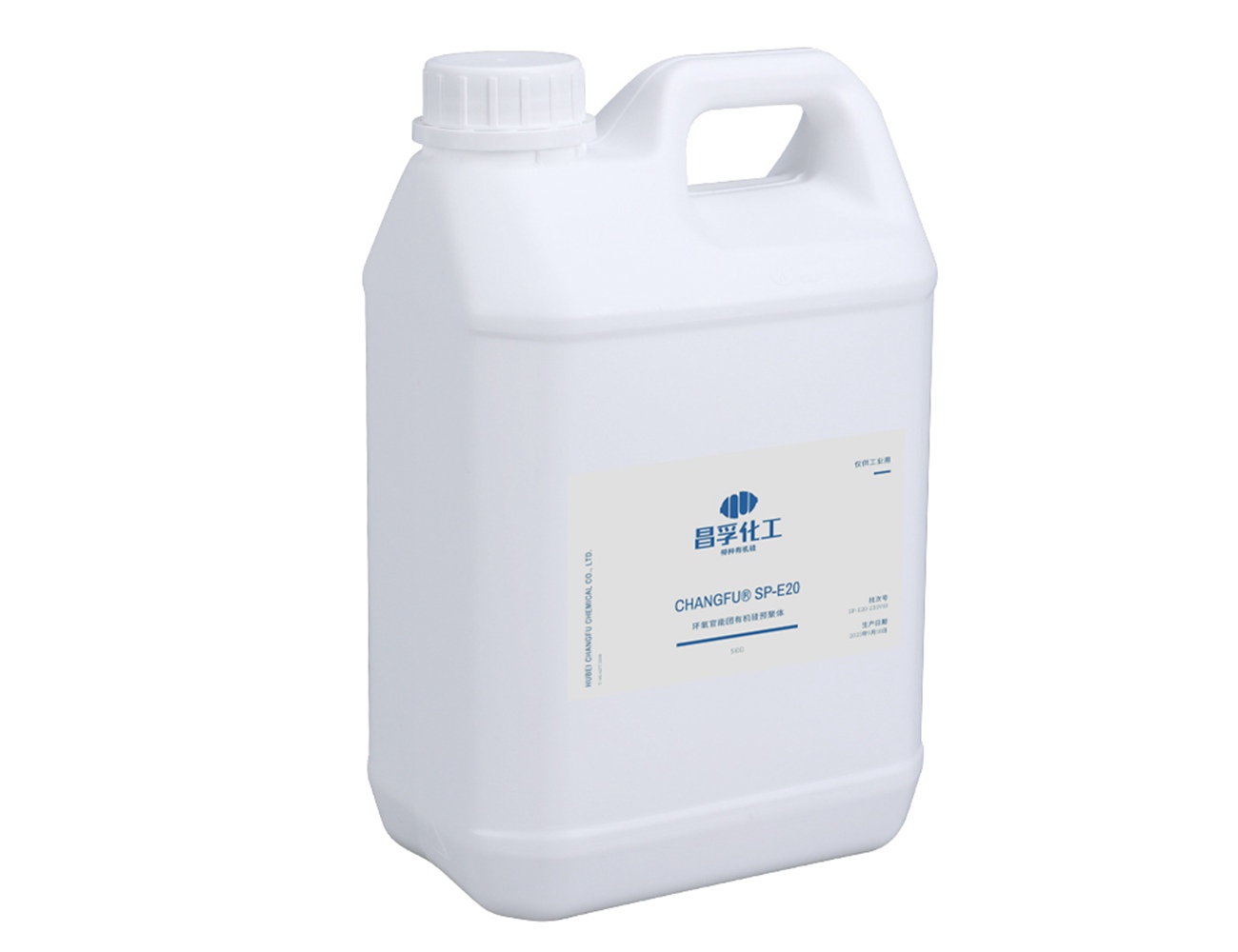
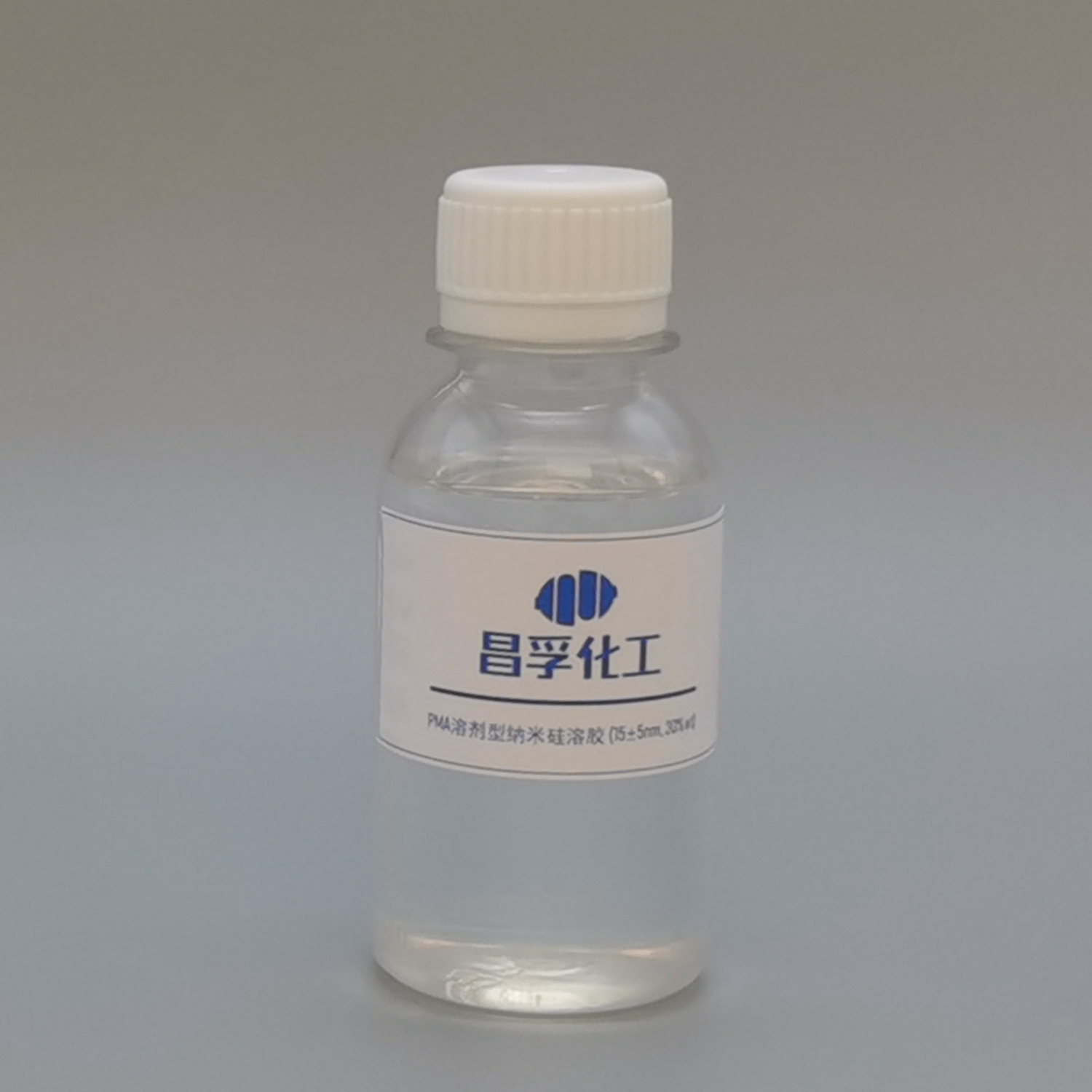
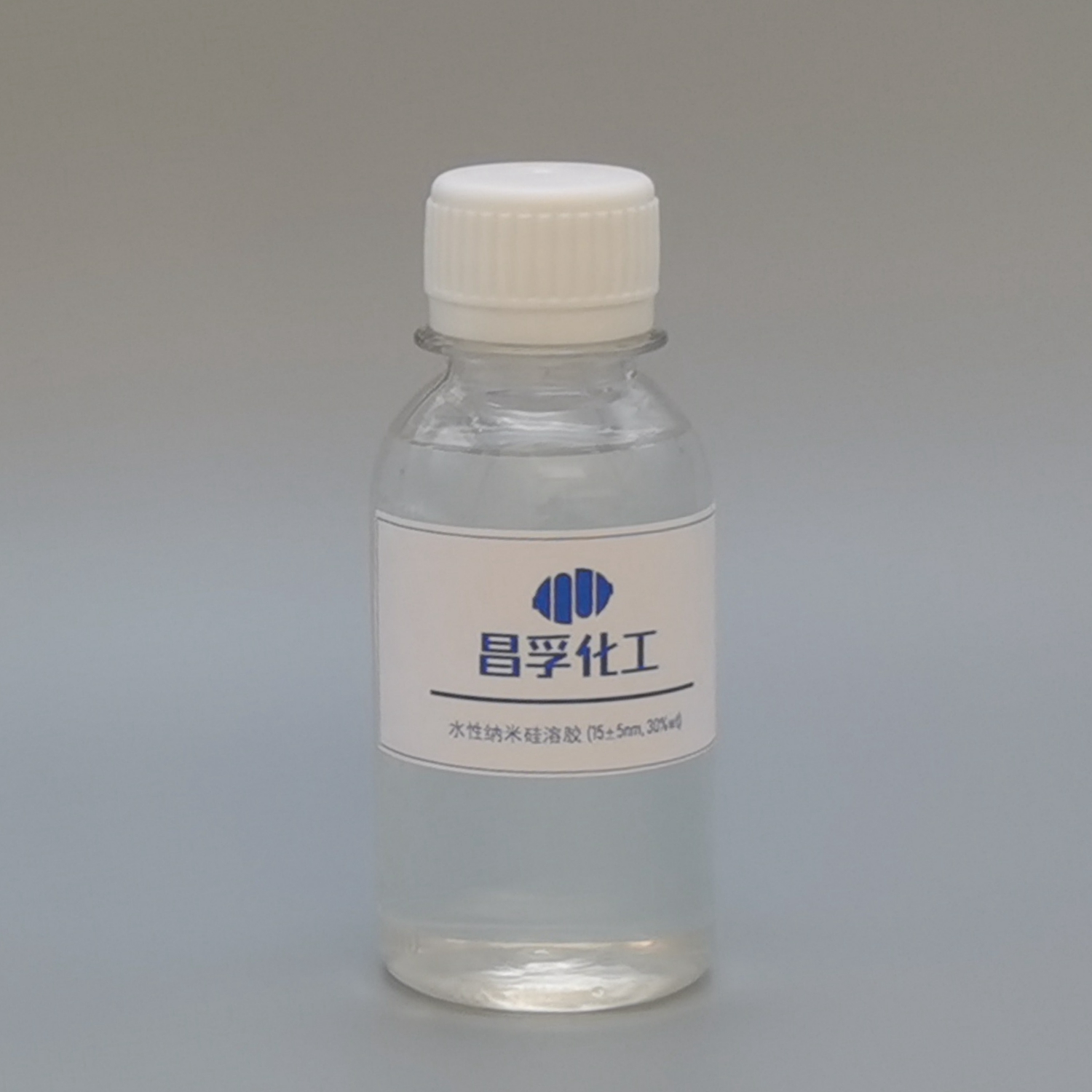

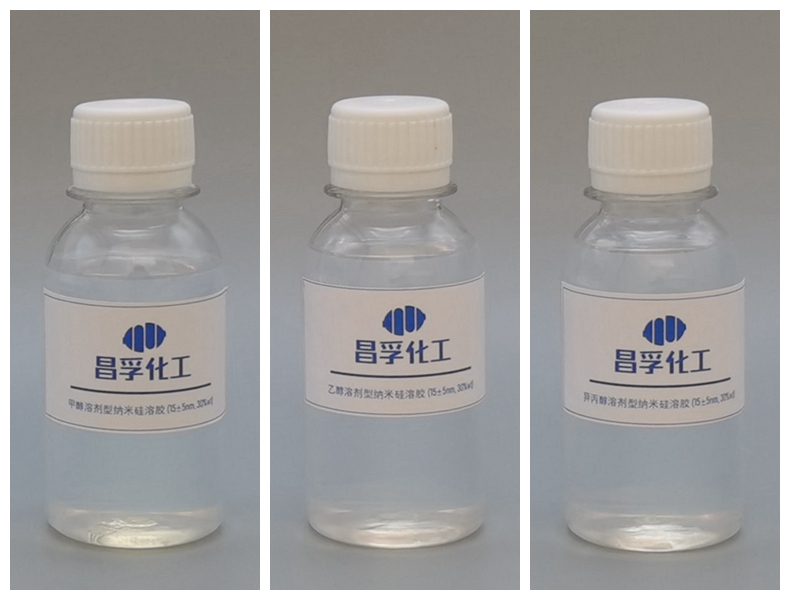
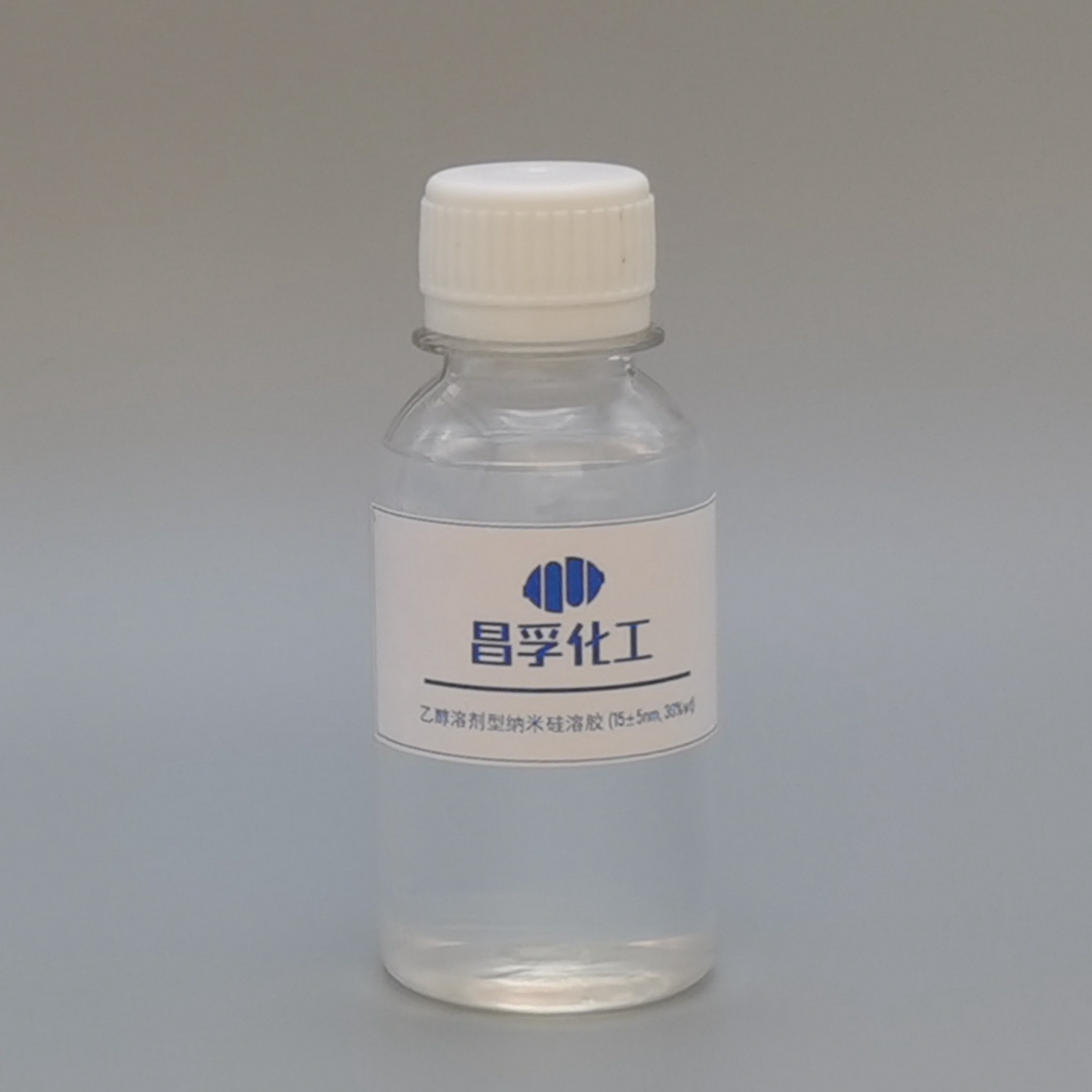
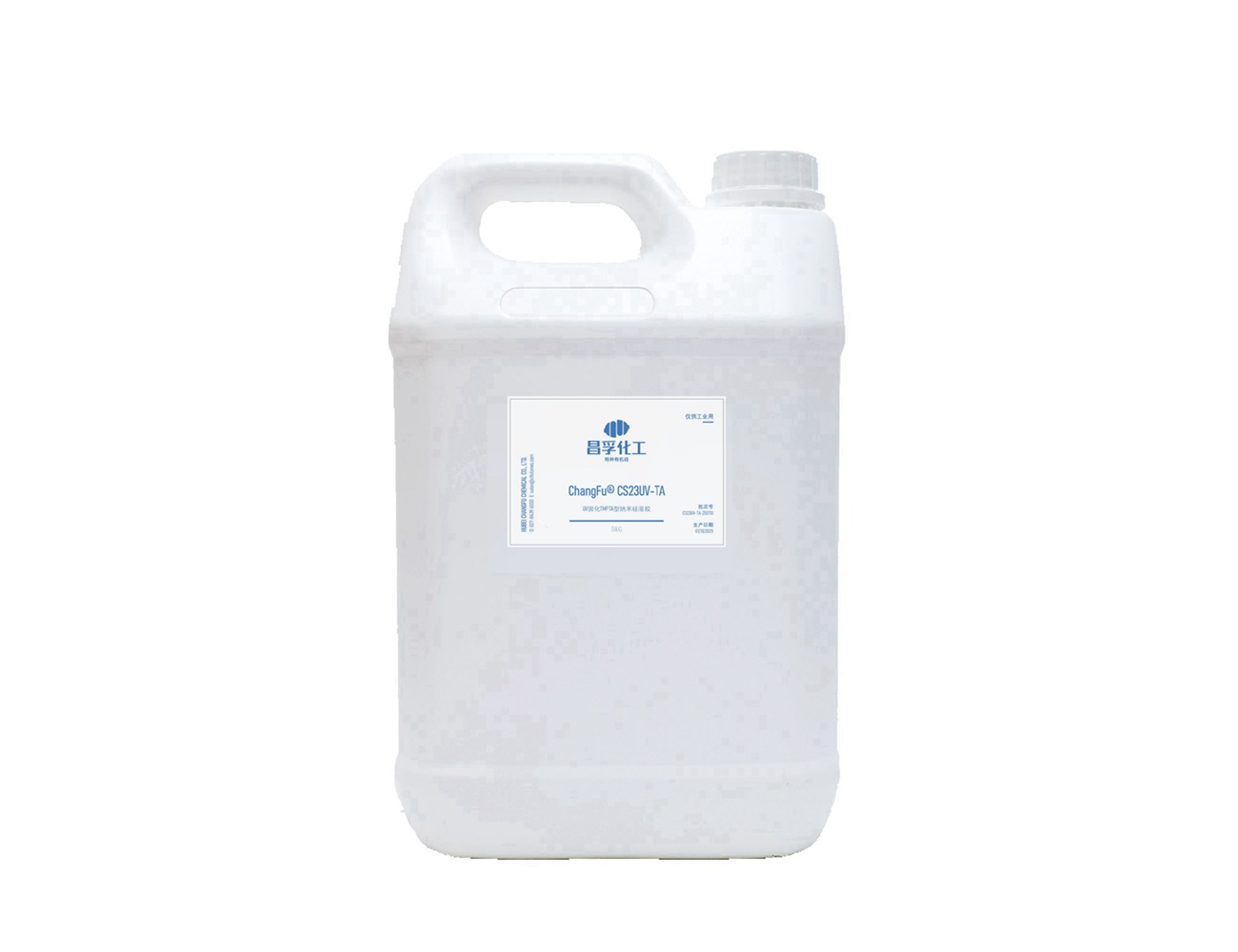
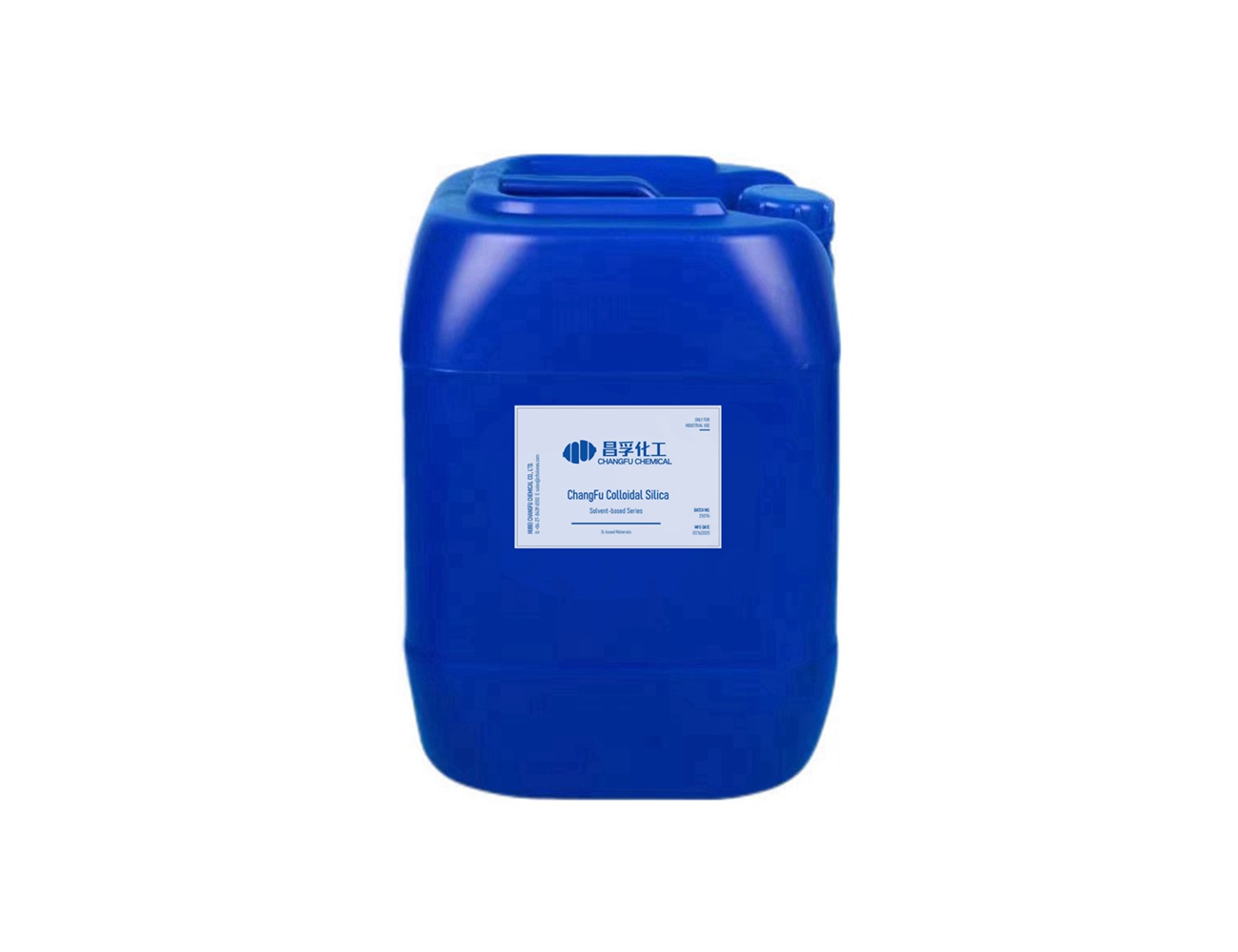


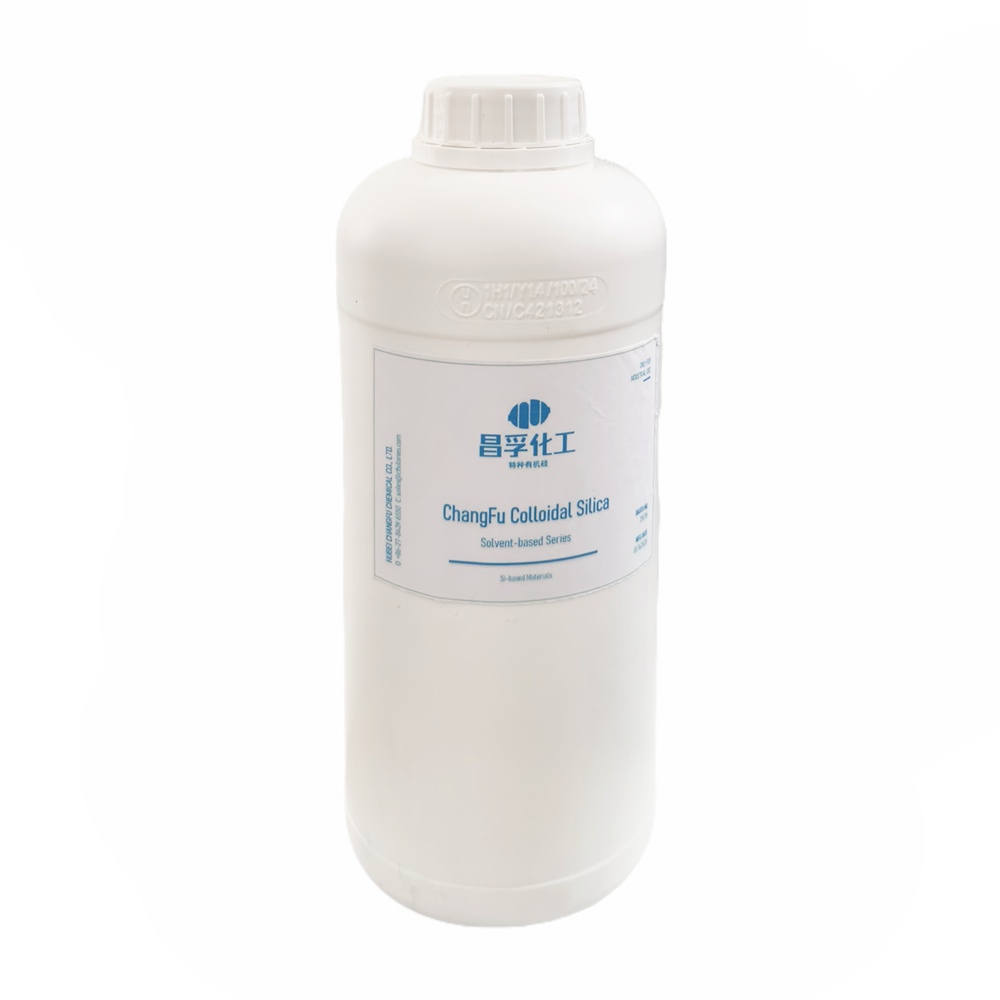


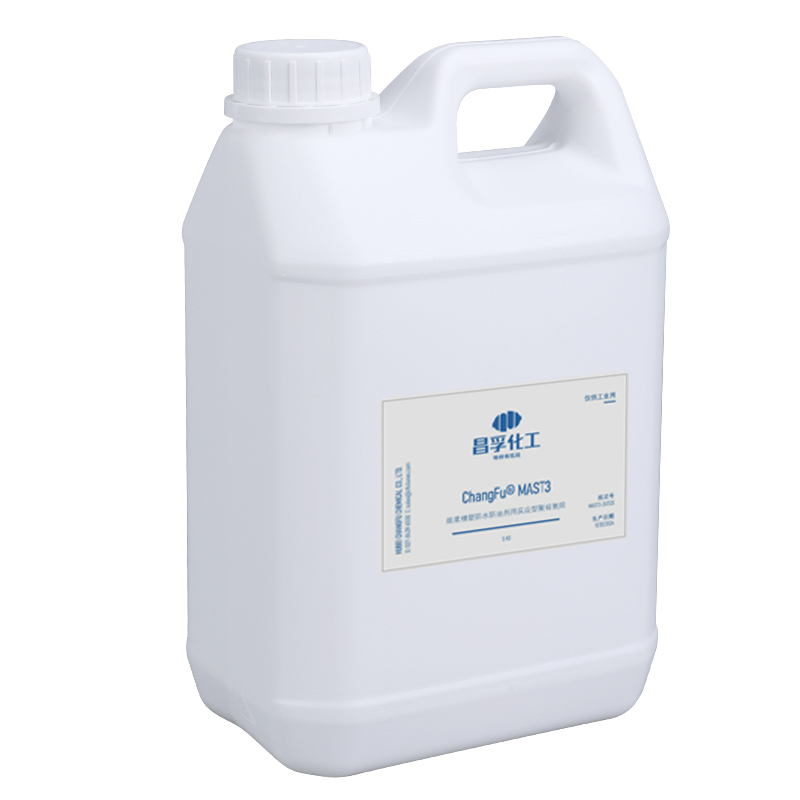












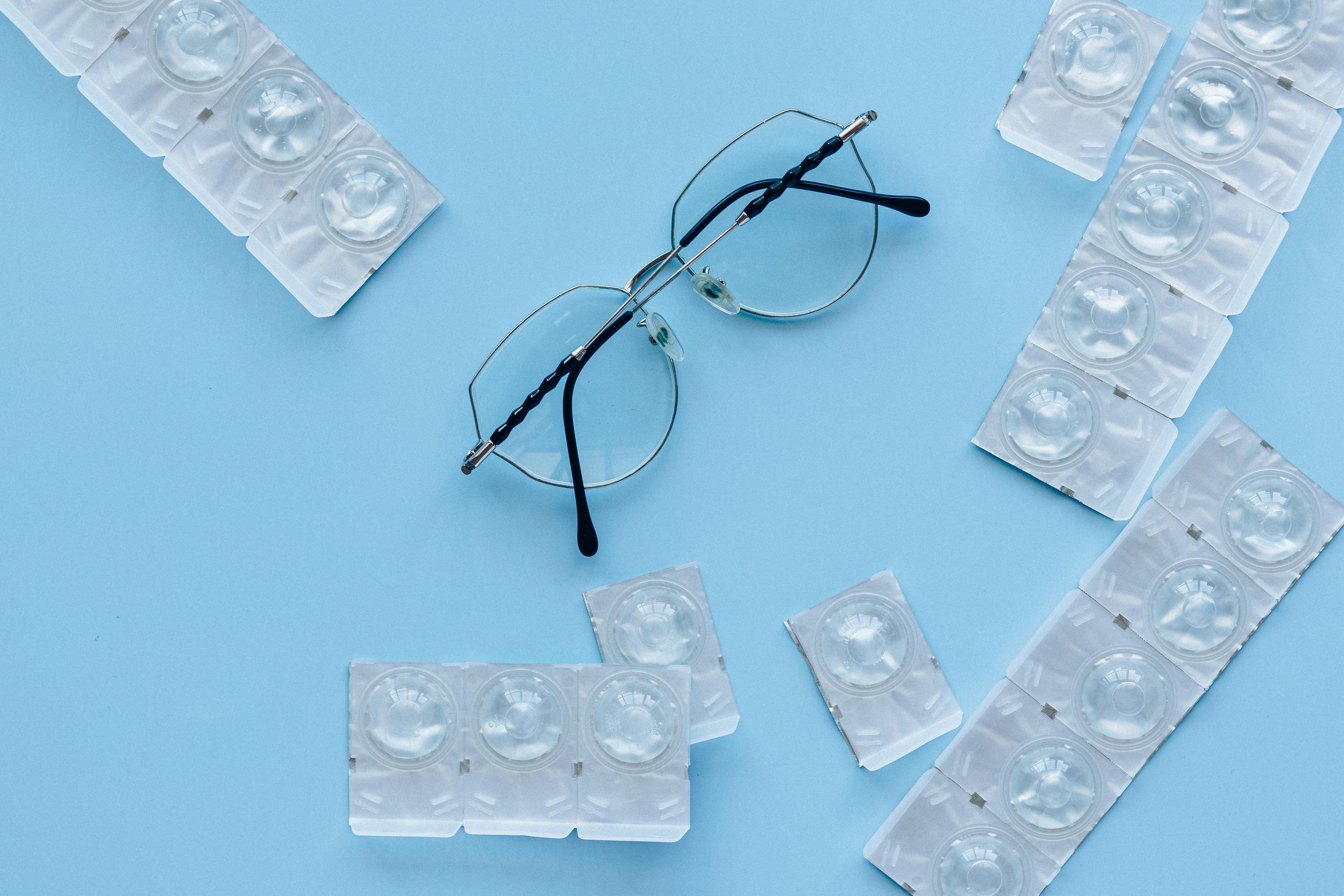
























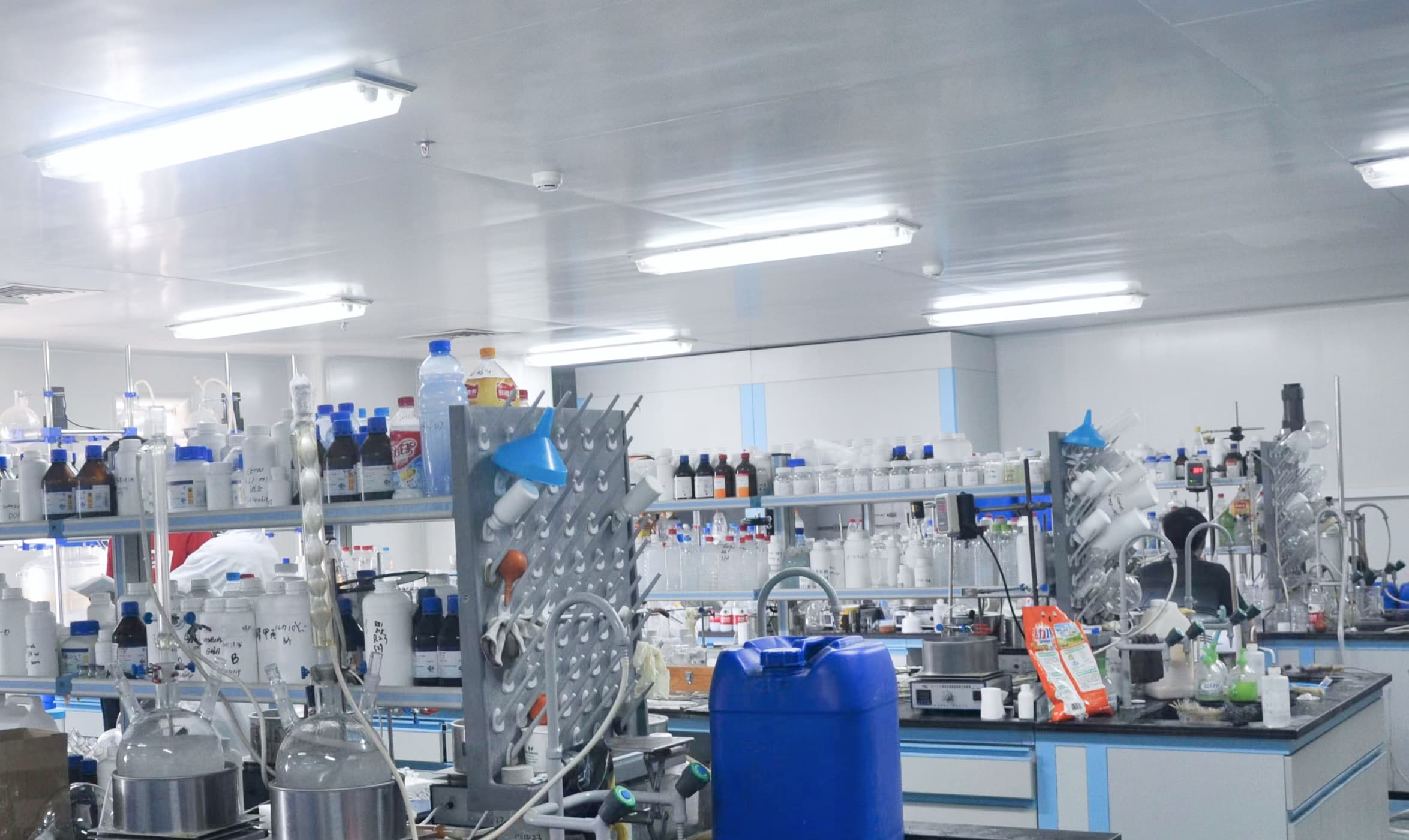

+86 27 8439 6550
+86 181 6277 0058
sales@cfsilanes.com
Optics Valley Bio-City
No. 666, Gaoxin Avenue
Hongshan District, Wuhan City

+86 27 8439 6550 | +86 181 6277 0058
sales@cfsilanes.com
Optics Valley Bio-City
No. 666, Gaoxin Avenue
Hongshan District, Wuhan City
Copyright © Hubei ChangFu Chemical Co., Ltd. All Rights




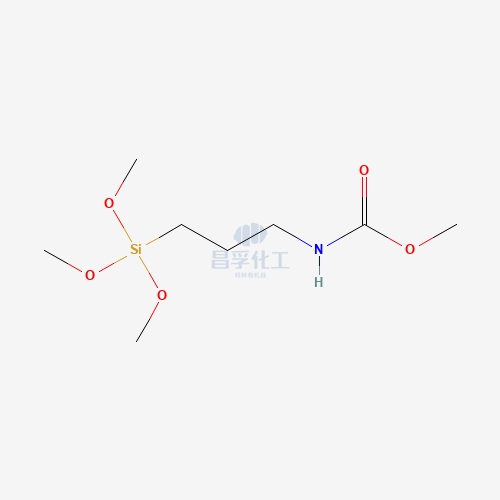
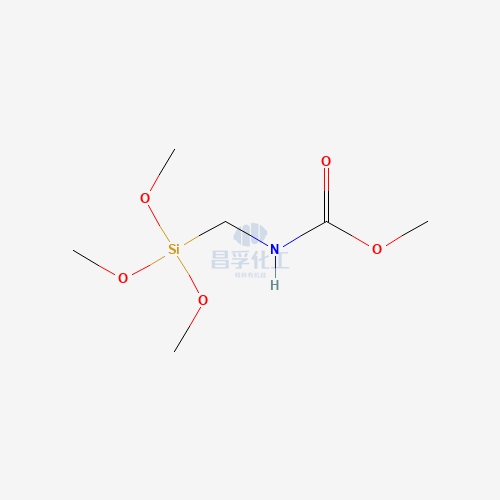
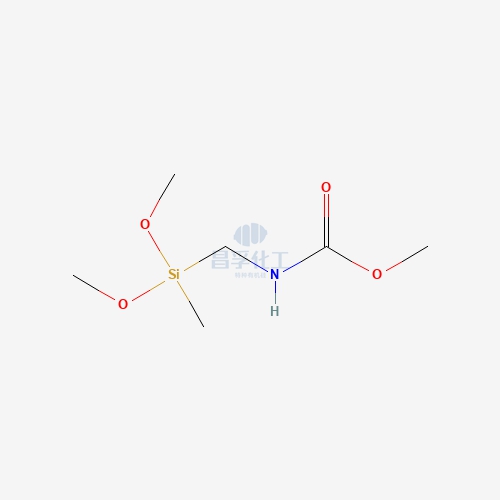
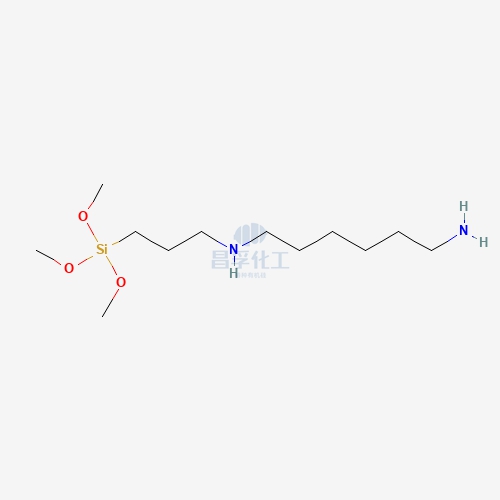
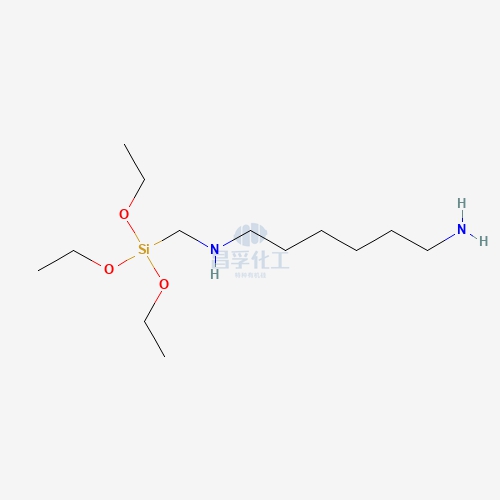
![N-[5-(Trimethoxysilylpropyl)-2-aza-1-oxopentyl]caprolactam CAS: 106996-32-1 106996 32 1 N-[5-(Trimethoxysilylpropyl)-2-aza-1-oxopentyl]caprolactam CAS: 106996-32-1 106996 32 1](https://cdn.yofishseo.com/1363882761272232/106996-32-1.jpg)
